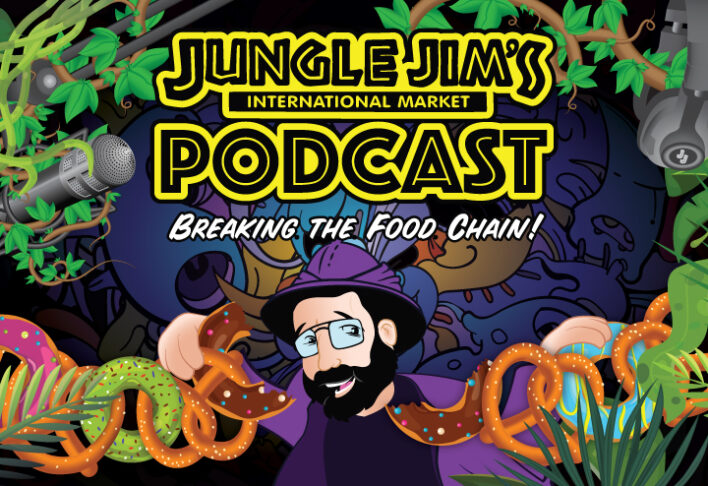
Beer Department: The Rise of American Craft Lager
Back to feed- Posted: 4/3/2018
- Categories: Beer, Craft Beer

Lager is something of a dirty word in American craft beer circles. Before a few centuries ago, all beers were brewed as ales, i.e. warm, top fermented beers with plenty of secondary yeast aromas and flavors. All ales also used to be some shade of amber, brown or black. The ability to gently dry malt that yielded a lightly colored golden beer coincided with the isolation of lager yeast in the 19th century. Thereafter, these clean, light drinking golden lagers like pilsner and munich helles swept through the world, often displacing indigenous beer traditions in the process. Even today, in a country with abrewing tradition as proud as Belgium’s, most of the beer consumed is of the generic, light golden lager variety. Lagers, and more specifically golden lagers, represented less an artisanal effort to craft great beer and more a show of our own mastery over ingredients and process. To make things more complicated, while traditional lagers run the gamut of flavors, colors and textures, generic, internationally styled golden lagers became virtually synonymous with lagers at large.
 It was into this very narrow understanding of lager that the upstart American craft beer culture first emerged in the 1960s and 70s. Their wariness of lager was twofold: first, it represented the kind of mass produced, industrial, soulless beer that they were revolting against; second, lagers require more fermentation time and depend on the raw ingredients for flavor. Cash strapped new breweries looking to experiment with a broad range of flavors that can bebrewed quickly naturally attracted the majority of American craft breweries. For most of the past forty years, there was more than enough room for brewers to relegate themselves solely to ale brewing. After all, ales are every bit as diverse in flavors, colors, and textures as their lager counterparts.
It was into this very narrow understanding of lager that the upstart American craft beer culture first emerged in the 1960s and 70s. Their wariness of lager was twofold: first, it represented the kind of mass produced, industrial, soulless beer that they were revolting against; second, lagers require more fermentation time and depend on the raw ingredients for flavor. Cash strapped new breweries looking to experiment with a broad range of flavors that can bebrewed quickly naturally attracted the majority of American craft breweries. For most of the past forty years, there was more than enough room for brewers to relegate themselves solely to ale brewing. After all, ales are every bit as diverse in flavors, colors, and textures as their lager counterparts.
In the past few years, however, we’ve begun seeing a shift in beer drinking preferences. While preceding decades found themselves obsessed with making ever more adventurous and bombastic beers that pushed the limits of brewing, recent trends suggest that Americans are coming around to a truth never quite gone but certainly largely forgotten: Well made lager can be immensely satisfying, complex and versatile and everyone should be drinking more of them. This is where we find ourselves today, on the precipice of another flavor revolution. Brewers and drinkers alike are discovering that clean, well balanced lagers are true revelations. Whether indulging in crisp and hoppy pilsner, malty and spicy bock or roasty baltic porter, there’s a lager for every occasion. In the coming weeks, months and years, look for more and more high quality American made lagers to adorn shelves and taps from sea to shining sea. Be bold and explore this new (to us) territory of radically traditional beers.
Cheers!
-Eric, Eastgate


